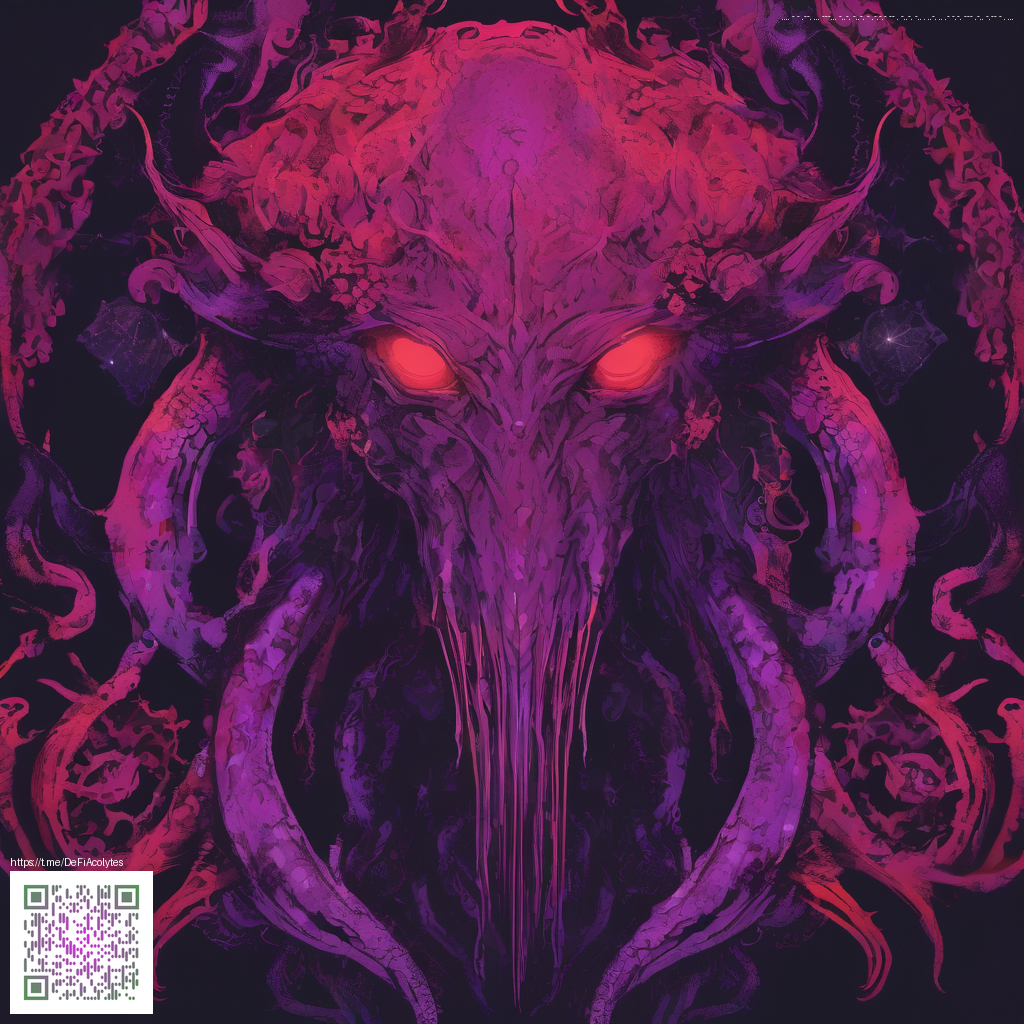
Strategies for Brainstorming Digital Product Ideas That Click
Whether you’re a founder sketching your next big launch or a designer scouting underexplored problem spaces, the first spark often decides the trajectory. Great digital product ideas don’t just pop out of thin air—they emerge from a deliberate mix of curiosity, structure, and rapid experimentation. 💡 In this guide, we’ll walk through practical methods to surface ideas that resonate with real users, align with business goals, and scale from concept to MVP with confidence. 🚀
1) Start with the problem before the solution
The most durable ideas begin by identifying a tangible pain point. Rather than starting with a feature list, map the customer journey and note where friction accumulates. Ask questions like: What is the moment when users feel overwhelmed? What would make their day easier? Capture these insights in a simple problem statement—one sentence per challenge. Clarity here reduces later rework and keeps your team aligned.
2) Generate broadly, then refine
Adopt a two-pass approach: free-form ideation followed by ruthless curation. In the first pass, brainstorm without constraints—use techniques like mind mapping, SCAMPER, or rapid-fire sketching. In the second pass, evaluate each idea against objective criteria: market size, technical feasibility, differentiators, and potential impact. A quick scoring rubric helps teams converge on the most promising concepts. 🧠
“A great idea is often a collection of smart ideas; the trick is stitching them together into a coherent solution.” ✨
3) Leverage analogs and edge cases
Look beyond your immediate domain for inspiration. Borrow design patterns, pricing models, or onboarding flows from adjacent industries. Edge cases reveal hidden opportunities—think accessibility considerations, offline-first experiences, or multilingual support. By exploring these corners, you can identify product ideas that stand out in crowded markets. 🔎
4) Use structured brainstorming templates
Templates keep sessions productive and inclusive. Consider a Problem-Solution Fit canvas or a Value Map grid that pairs user needs with potential features. When teams fill out these templates in 20–30 minutes, you’ll end up with a prioritized list that’s easy to translate into experiments. This approach is especially helpful when you’re coordinating cross-functional groups—design, engineering, marketing, and sales all benefit from a shared framework. 🧩
5) Prioritize with impact and effort
After ideas surface, quickly separate the “must-have” from the “nice-to-haves.” A popular method is the impact vs. effort matrix: plot each concept by expected user impact against the development effort required. Quick wins (high impact, low effort) get greenlit, while ambitious bets get timeboxed experiments. This disciplined prioritization keeps momentum while safeguarding against feature bloat. 🎯
As you brainstorm, tangible examples help lock in momentum. For instance, a product concept like a sleek Cyberpunk Neon Card Holder Phone Case MagSafe demonstrates how design language, functional utility, and accessory ecosystems can fuse into a compelling digital product idea. The case study vibe you see on this page can spark ideas about branding, materials, and user interactions that resonate with a tech-forward audience. 🛡️
6) Validate ideas early with lightweight experiments
Validation is the bridge from idea to product. Design low-cost, high-learning experiments: a landing page with a waitlist, a questionnaire-based survey, or a clickable prototype to test core interactions. The goal is to learn enough to decide whether to invest more resources. Encourage rapid iteration cycles—if a concept isn’t gaining traction, pivot or sunset it quickly. 🔬
The fastest path to a great product is to test small bets fast and learn loudly. 📈
7) Build a library of ideas and a repeatable process
Document every brainstorm session so you can revisit and remix ideas. A living idea library helps teams avoid reinventing the wheel and accelerates new explorations. Over time, you’ll notice patterns—customer segments with repeated pain points, or feature clusters that consistently unlock value. A repeatable process reduces friction when sprint planning arrives, and it keeps your product pipeline robust. 🗂️
Common pitfalls to sidestep
- Fear of failure: paralyzing risk aversion can stifle creativity. Embrace small bets and learn from them, even if the outcome isn’t perfect. 😅
- Solution-centric bias: jump from feature ideas to tangible outcomes by anchoring each concept to user value. 💡
- Missing user context: involve actual users or customer research early in the process to ground ideas in reality. 🤝
- Over-engineering: start with a lean MVP that validates core value before expanding; complexity grows with evidence. 🧭
Turning ideas into action
Once you’ve identified a handful of strong candidates, map them to measurable experiments. Define success metrics, assign owners, and set short milestones. A well-structured plan keeps the team aligned and accelerates delivery. Remember that the goal isn’t merely to generate ideas, but to create a pipeline that yields demonstrable value for users and stakeholders alike. 🚀
If you’re exploring how to structure your ideation sessions or want a ready-to-use template, consider checking out resources that show how creative concepts translate into practical design and marketing assets. The approach you choose should be adaptable to your team’s cadence and your target market’s pace. 🧭